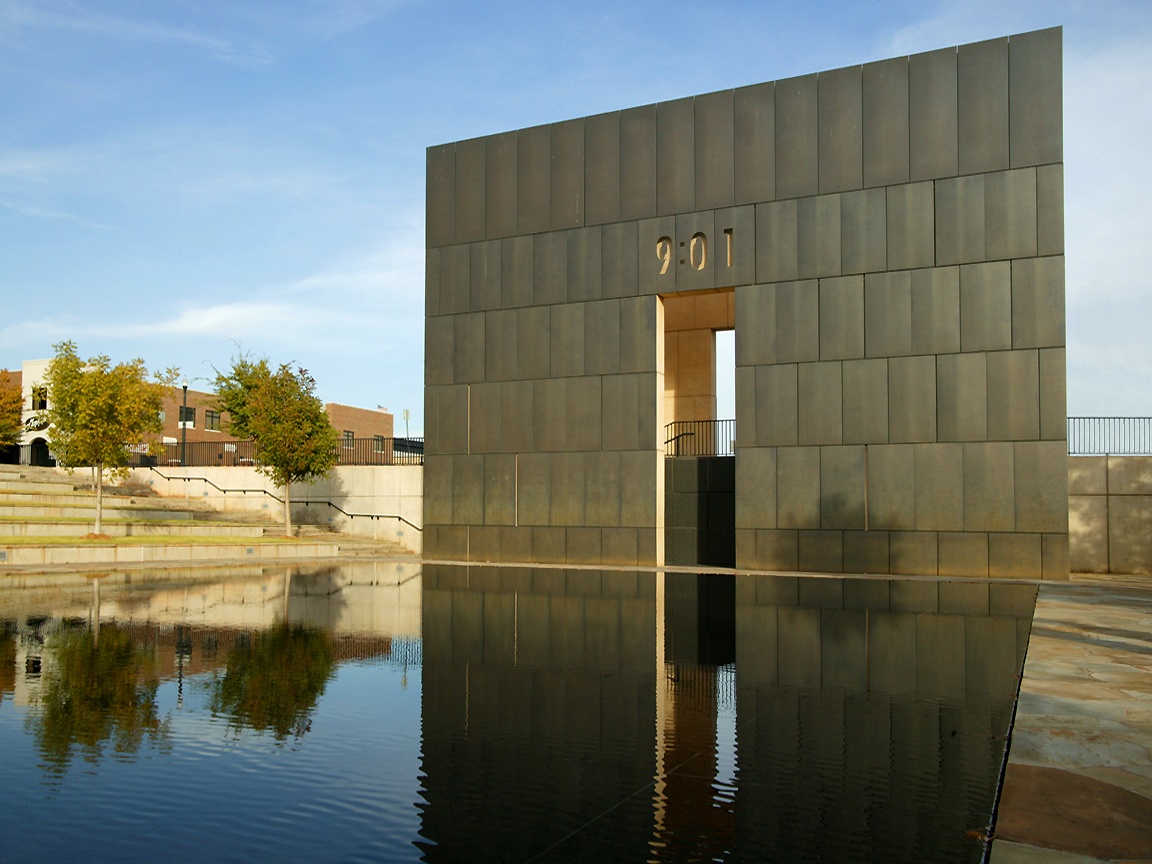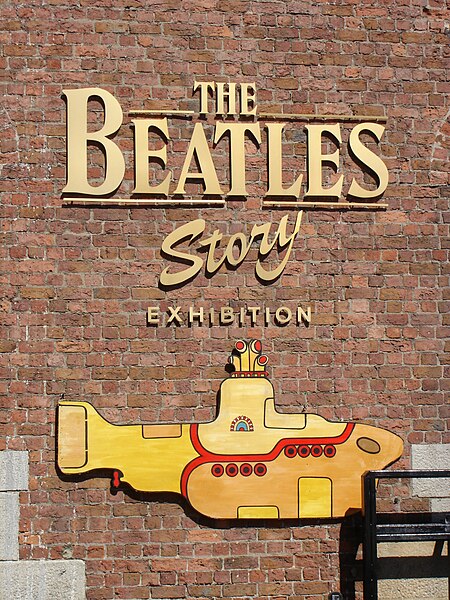Last year, the
2010 Horizon Report: Museum Edition identified six technologies to watch for their use in museums. One of the technologies they identified was augmented reality. Augmented reality is defined as "blending data with the real world." One website that you're probably familiar with is
Yelp, which allows users to rate and review real world places, including restaurants, bars, museums, etc, then later use that information to make decisions about those places - where to go for dinner or which museum to visit on vacation. Museums have also been using augmented reality, such as the Powerhouse Museum's
Layar, an app for mobile devices which shows images of what Sydney, Australia looked like 100 years ago when the user walks around the city. The Museum of London also offers a similar app,
Streetmuseum.
Apps are not the only way to use augmented reality. One interesting use of augmented reality is the
DisplayCabinet, which uses
RFID tags placed inside objects to display information on a surface. For example, the keys in the image below tells you the temperature and if the dog is outside.
The creators of the DisplayCabinet also used a wallet and a miniature train to display different information. This information is geared toward daily data that would be important to a person's daily schedule, like the train schedules or traffic issues. The information is presented in a different and fun way. It might even be easier than loading up your computer or unlocking your phone to just throw your keys onto a desk before you leave the house or even leave your essential items on the desk and have information updated in the morning. Even children could easily use the objects.
These objects could hold data that museums could use. Take for example a typical art exhibit.

The information on these labels is static and, at times, not engaging. Perhaps the label only tells a little data about the artist, date, and maybe the medium. Museums also struggle with connecting to all audiences. By using blank spaces and the objects, a museum could create multiple sets of labels related to information that a visitor might be interested in. For example, an exhibit on painted landscapes could have objects with data connected to information on the type of plants in the paintings, the artists, the type of paint, etc. Exhibits could easily be designed to have information geared toward general adult visitors, art students, children, teachers.












 Sarah is someone I greatly admire for her unique perspective on history. Not only does she research historic recipes, but she recreates them so she and others can have a "taste of history." Though Sarah started in museums, which led her to her thesis, she has branched outside of the museum and that allows her to do very interesting things, like
Sarah is someone I greatly admire for her unique perspective on history. Not only does she research historic recipes, but she recreates them so she and others can have a "taste of history." Though Sarah started in museums, which led her to her thesis, she has branched outside of the museum and that allows her to do very interesting things, like 












